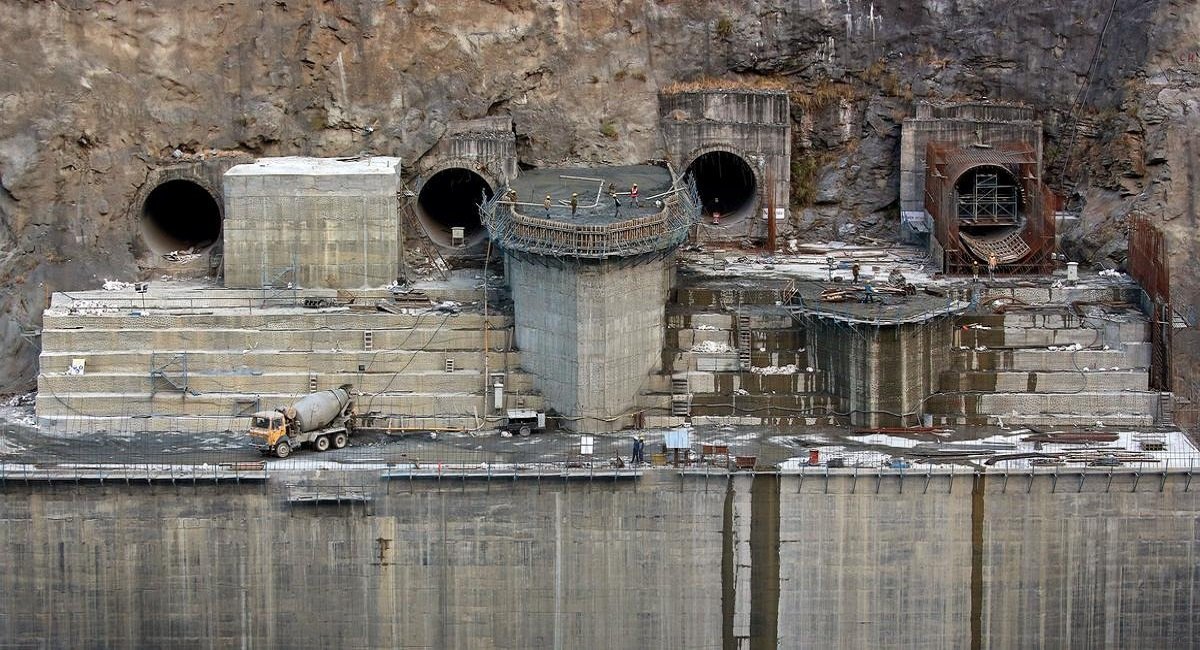With the known reserves of coal and talc completely depleted and other non-renewable resources exhibiting concerning downward trends, the nation’s non-renewable resources present a mixed picture of stability and decline. Bhutan’s coal reserves, once a vital resource, are now exhausted. Coal reserves are no longer sustainable due to over-extraction and a lack of new reserves. The main causes of depletion, according to analysts, are over-extraction and rising industrial demand, which are made worse by the lack of new reserves. This has made it clear that the nation urgently needs alternative energy sources to lessen its dependency on coal. An average of 2.44 million MT of dolomite were extracted per year between 2014 and 2023.
With no stock additions over the last ten years, limestone reserves have been steadily decreasing. Since 2018, talc’s known reserves have been depleted, underscoring the urgent need to evaluate and restock supplies. The average amount of iron ore extracted each year is 0.03 million MT. Closing stocks were 2.41 million MT at the end of 2023. The extraction rate has been steady despite the small reserves. The amount of sand produced has varied greatly. Production and disposal reached a peak of 32.85 and 32.55 million cubic feet, respectively, in 2022. In 2023, production and disposal fell to 16.85 million Cft, possibly due to decreased demand or resource limitations. Following lows of 1.59 million Cft in 2018, the closing stock in 2023 was 3.27 million Cft, representing a slight recovery.

